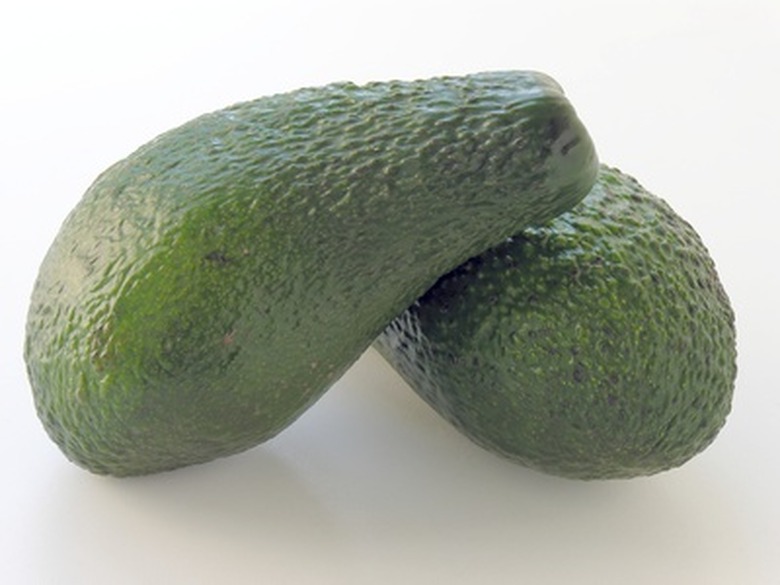Avocado Tree Diseases
Avocado (Persea Americana) trees originated in southern Mexico, but are now grown in tropical and subtropical areas around the world. Some varieties of avocado trees have upright forms and grow up to 60 feet tall. Others have spreading forms and are only 30 feet tall. They are evergreen or semi-evergreen.
West Indian avocado trees grow in South Florida and the fruit has thin or medium-thick shiny skin. Guatemalan avocados have thick, warty, brittle skin. The trees grow in Coastal California. The hardiest avocado trees are the Mexican varieties. They grow in California and the fruit has smooth, thin skin.
- Avocado (Persea Americana) trees originated in southern Mexico, but are now grown in tropical and subtropical areas around the world.
- West Indian avocado trees grow in South Florida and the fruit has thin or medium-thick shiny skin.
Avocado trees need well-drained soil and do not tolerate soggy conditions. They cannot withstand cold weather and temperatures in the mid-20s Fahrenheit can damage even the Mexican varieties.
Anthracnose
Anthracnose is a fungal disease that is most common on mature avocado fruit, although it will also infect young fruit, leaves and twigs. Brown or black, slightly sunken circles form on infected fruit, which expand rapidly and cause the flesh of the fruit to decay. The disease can be treated with regular applications of a fungicide approved for anthracnose on avocado trees.
Phytophthora Root Rot
Root rot caused by Phytophthora fungi is usually not treatable and eventually the infected avocado tree dies. The fungi cause the feeder roots to become black and brittle. As the roots die, the foliage wilts or turns pale and drops off, and twigs and stems begin to die. Plant avocado trees in well-drained soil to help prevent infection.
- Avocado trees need well-drained soil and do not tolerate soggy conditions.
- The disease can be treated with regular applications of a fungicide approved for anthracnose on avocado trees.
Powdery Mildew
Avocado trees are frequently affected by powdery mildew, which can become severe if left untreated. Dark green or purplish-brown spots appear on the lower side of infected leaves, followed by white or gray powdery growth. Yellowish-green spots appear on the upper side of the leaves. Use a fungicide approved for powdery mildew on avocado trees to prevent and control the disease.
Pseudocercospora Spot
A common disease on avocado trees in warm humid weather is pseudocercospora spot. Small brown or purplish-brown lesions appear on infected leaves, stems and fruits. A felt-like mass may grow in some of the lesions. Pseudocercospora spot can be treated with a copper or azoxystrobin spray for avocado trees.
- Avocado trees are frequently affected by powdery mildew, which can become severe if left untreated.
- Dark green or purplish-brown spots appear on the lower side of infected leaves, followed by white or gray powdery growth.
Scab
The fungus, Sphaceloma perseae, causes scab disease on leaves and twigs on the upper portion of avocado trees, as well as the fruit. The fruit develops oval brown or purplish-brown spots that are slightly raised. As the spots merge, the centers sink. Use a copper or azoxystrobin spray for avocado trees to treat scab.
Caution
Use a fungicide, copper or azoxystrobin spray that has been approved to treat specific diseases on avocado trees and follow the manufacturer's directions.
Remove and destroy diseased plant material and debris around trees to prevent the spread of diseases.
